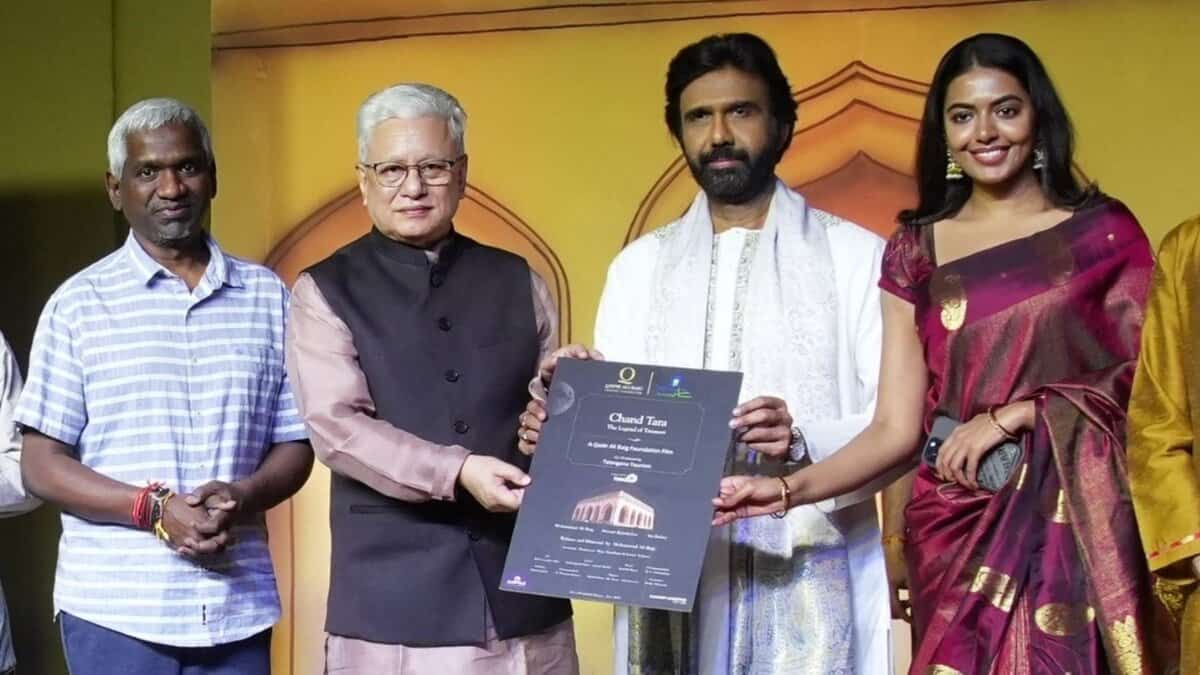The rollout of the ‘swadeshi’ 4G network is a transformative step in line with the Prime Minister’s vision of a Digital India, bridging the digital divide and empowering rural communities
New Delhi: In a major development that promises to give a massive boost to tele-communication infrastructure, Prime Minister Narendra Modi inaugurated BSNL’s ‘Swadeshi’ 4G stack on Saturday. This marks India’s entry into a coveted league of nations that manufacture telecom equipment. On the occasion of the Bharat Sanchar Nigam Limited’s silver jubilee, the PM also commissioned more than 97,500 mobile 4G towers, including 92,600 4G technology sites of the telecom service provider.
These towers have been built at a cost of around Rs 37,000 crore with ‘swadeshi’ (indigenous) technology. The launch of the ‘Swadeshi’ 4G stack marked India’s entry into a league of nations such as Denmark, Sweden, South Korea, and China, which manufacture homegrown telecom equipment.
The India-made network is cloud-based, future-ready and can upgrade seamlessly to 5G, an official said.
Here are some of the key details:
- The rollout of the ‘swadeshi’ 4G network is a transformative step in line with the Prime Minister’s vision of a Digital India, bridging the digital divide and empowering rural communities
- Over 26,700 unconnected villages, including 2,472 of Odisha, in remote, border and left-wing extremism-affected areas will receive connection with this launch.
- This will serve over 20 lakh new subscribers
- These towers are solar-powered, making them India’s largest cluster of green telecom sites and a step forward in sustainable infrastructure.
Prime Minister Narendra Modi also unveiled India’s 100 per cent 4G saturation network through digital Bharat Nidhi, where 29,000 to 30,000 villages are connected in a mission-mode project.

















































